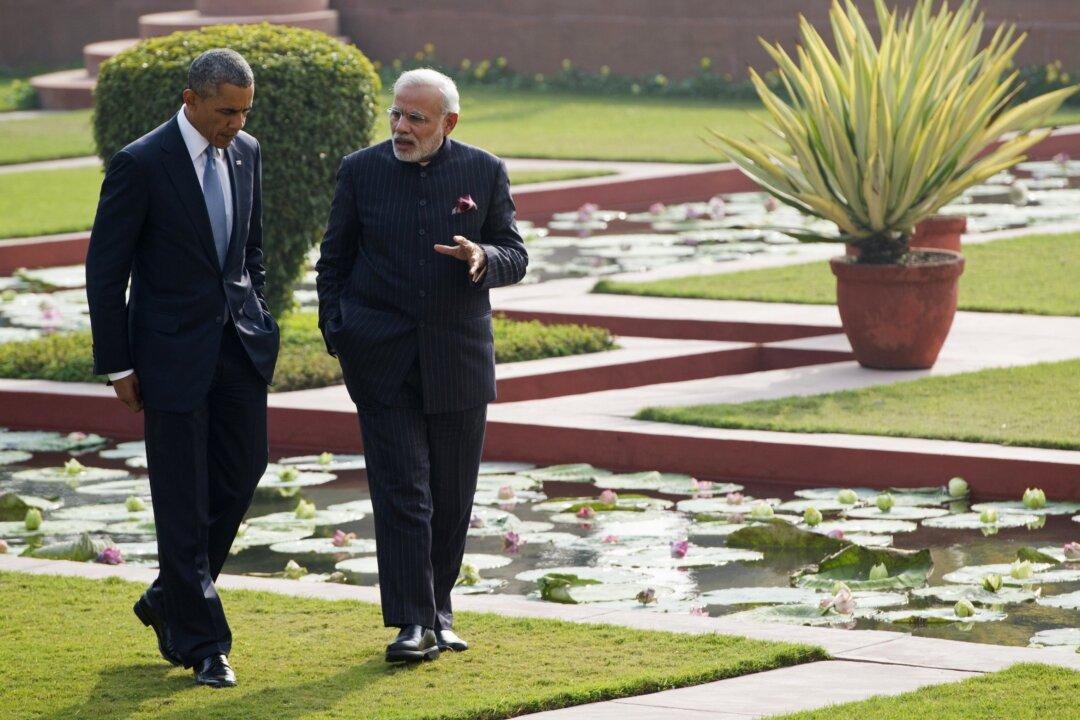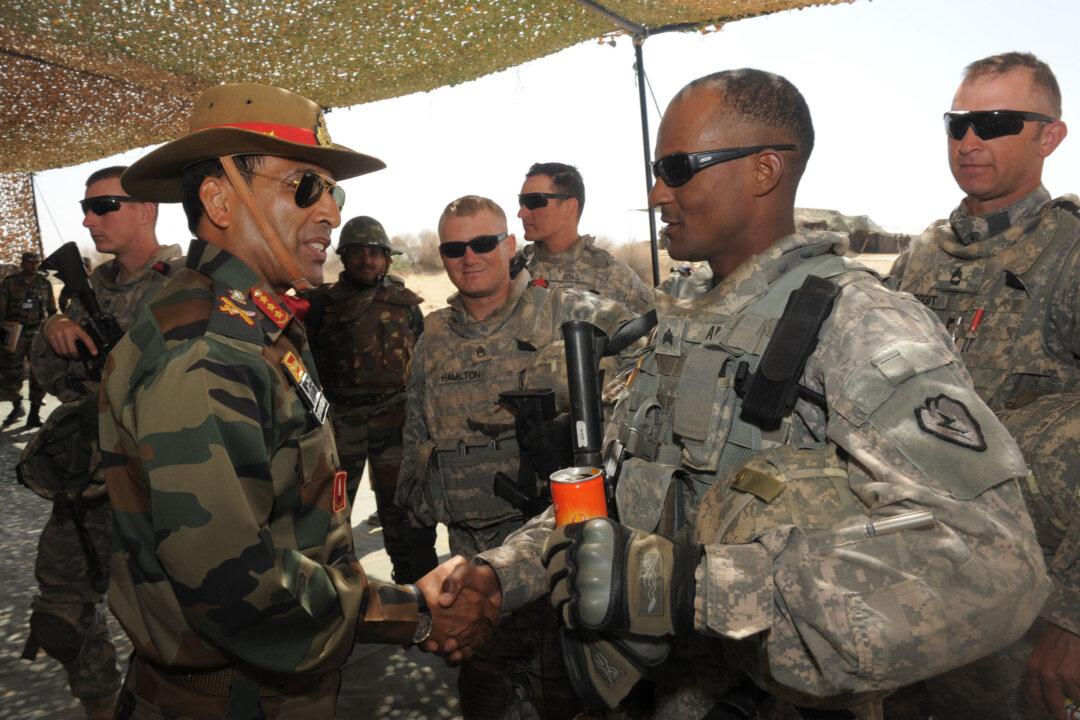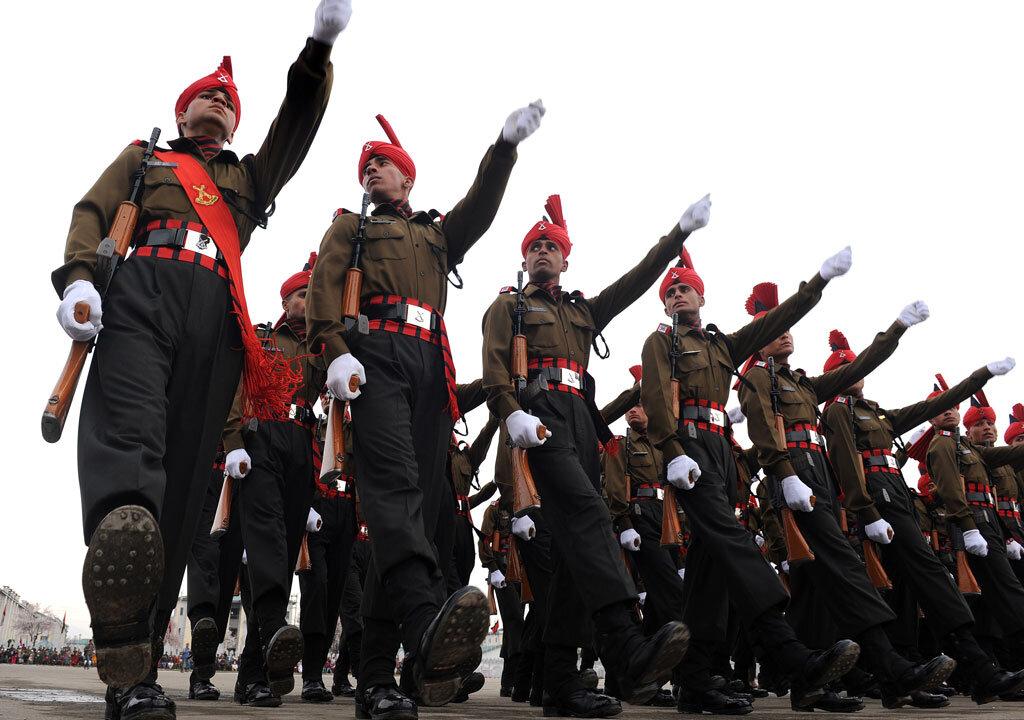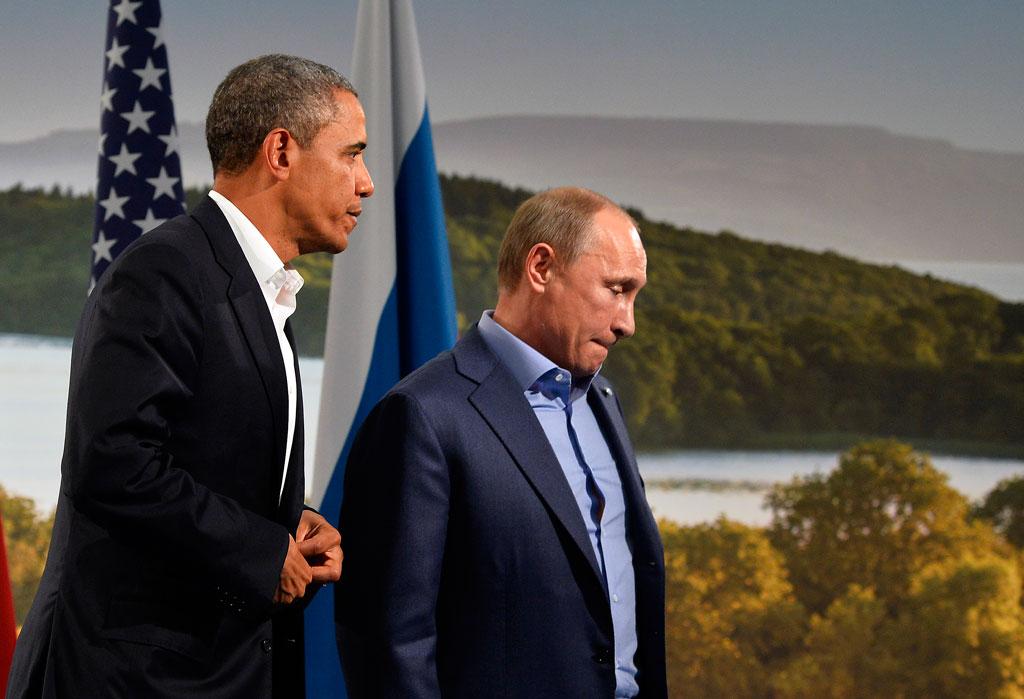President Barack Obama is the first U.S. president to visit India on Republic Day on Jan. 26, as well as the first sitting U.S. president to visit India twice. He arrived at Rashtrapati Bhawan, the presidential palace, for an elaborate welcome ceremony on Sunday.
During his three-day symbolic visit President Obama will hold talks with Prime Minister Narendra Modi, the second summit level meeting within a short period of four months.
The U.S.-India relationship has transformed significantly in the post-Cold War era, and especially in the post 9/11 environment. Now characterized as a “strategic partnership” the relationship between the two countries has been strengthened by the threat of Islamic terrorism and the shifting balance of power in Asia due to China’s ascendancy.



